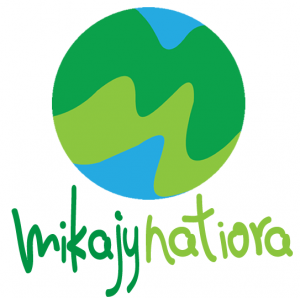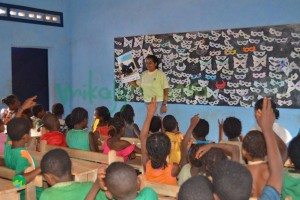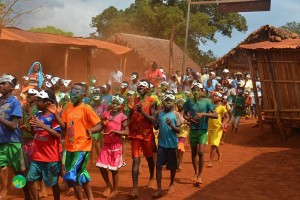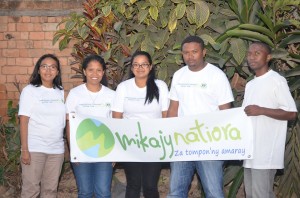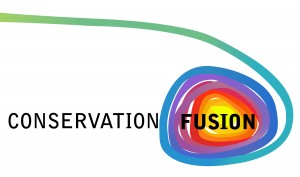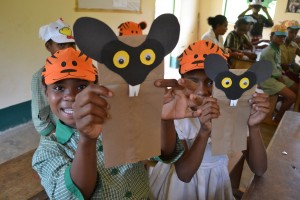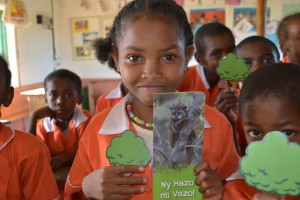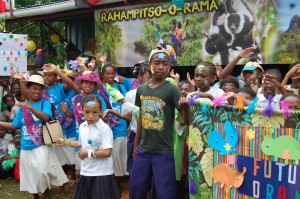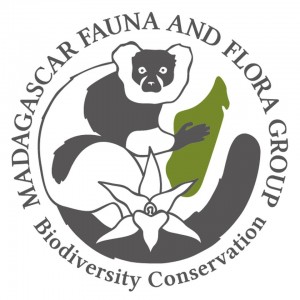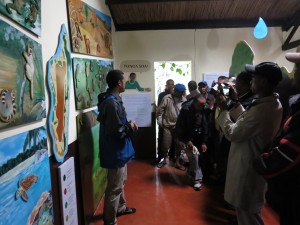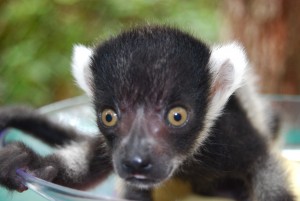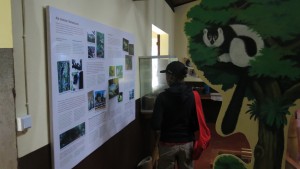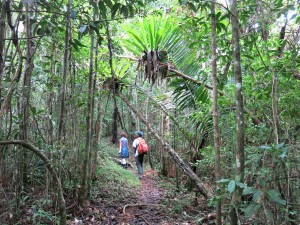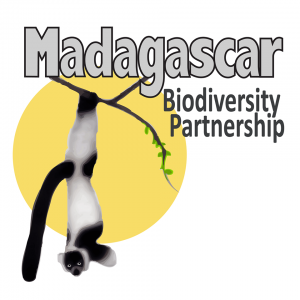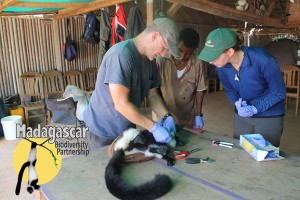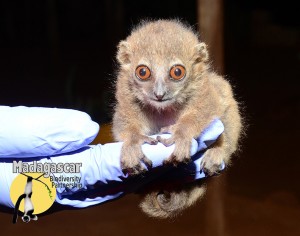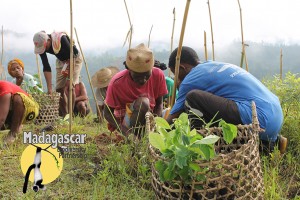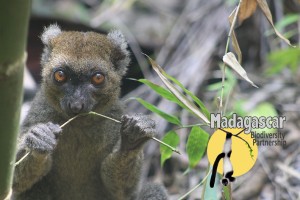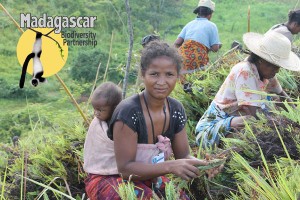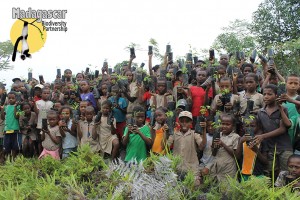Mikajy Natiora
What We Do
Mikajy Natiora protects Madagascar’s endemic biodiversity by combining ecological research and local community involvement. We currently focus our work on northwest Madagascar in the region surrounding the Sahamalaza Iles Radama National Park. We are funded by several foundations including the Van Tienhoven Foundation for International Nature Protection, the Mohamed bin Zayed Species Conservation Fund, and the Rufford Foundation.
How We Protect Lemurs And Other Wildlife
We work to conserve lemurs by conducting research and maintaining updated information about endangered lemur populations at our study site in northwest Madagascar.
The local community also receives education from our organisation which is crucial to raising awareness of the importance of conserving lemurs and their forest habitat.
What Lemur Species We Protect
Species we protect include the Blue-eyed black lemur (Eulemur flavifrons), the only primate in the world with blue eyes, which is estimated to go extinct in the next decade unless drastic measures are taken to conserve the species.
In addition, Mikajy Natiora collects information about the:
- Sahamalaza sportive lemur (Lepilemur sahamalazensis)
- Sambirano mouse lemur (Microcebus sambiranensis)
- Fork marked dwarf lemur (Phaner furcifer)
- Western gentle lemur (Hapalemur griseus occidentalis)
How We Support Local Communities
At Mikajy Natiora we always inform local communities when we’re going to conduct activities in the vicinity by using public meetings to explain the objectives of our work. In addition, we deliver several education and outreach programs to supplement our research-based approach.
Education, outreach, and training
We’ve been conducting regular education and outreach programs on the lemurs of the Sahamalaza-Iles Radama National Park since 2013. The objectives of this outreach are to increase the local communities’ awareness about the need and the importance of the conservation of the lemurs and their forest habitat.
In addition, we train park rangers and local stakeholders to increase their knowledge about biodiversity and their skills in managing and interacting with the local ecosystem sustainably.
Providing alternative livelihoods to communities
At Mikajy Natiora we’re implementing programs that allow communities to develop new sources of income that help decrease the need for humans to use the local forests for survival.

